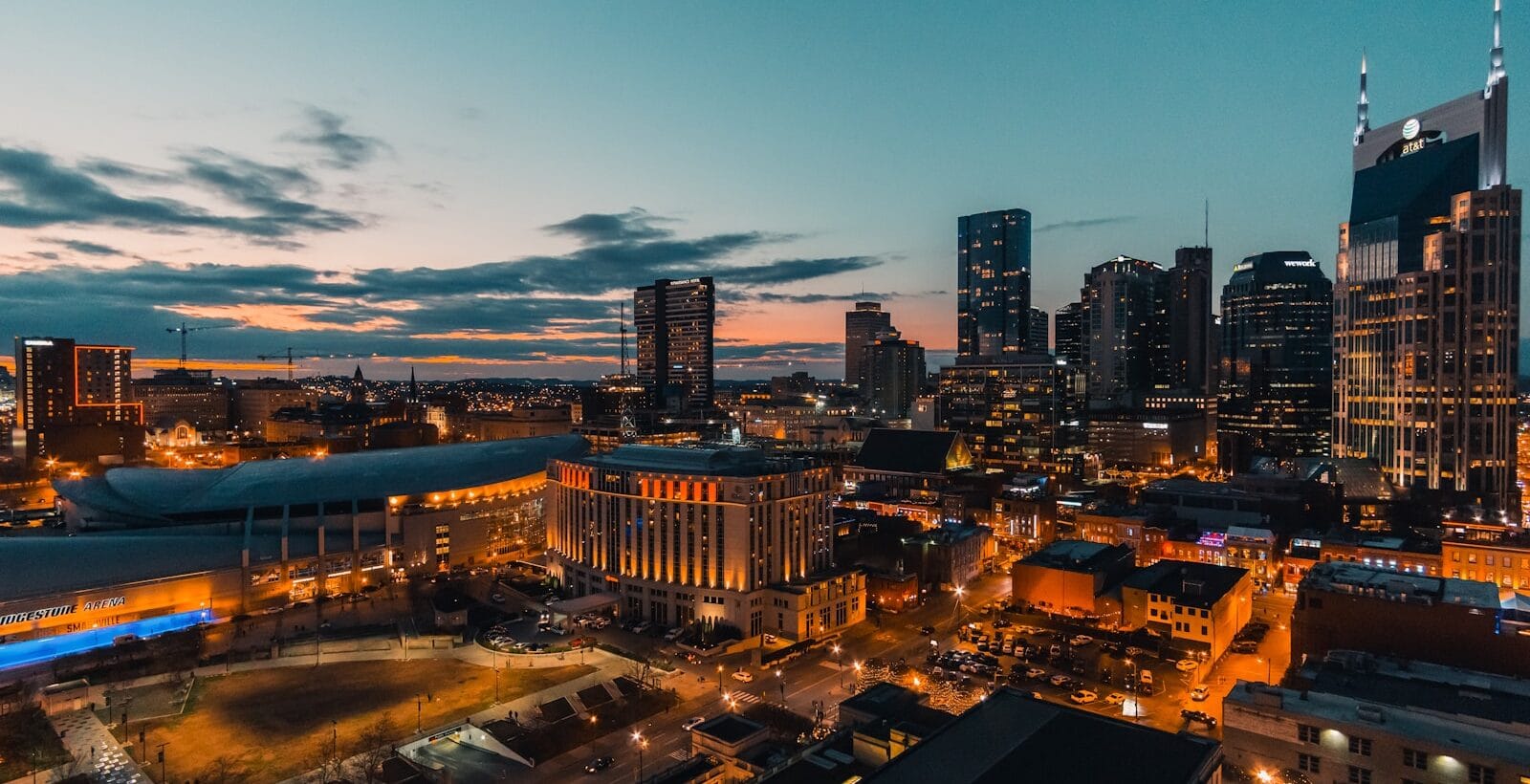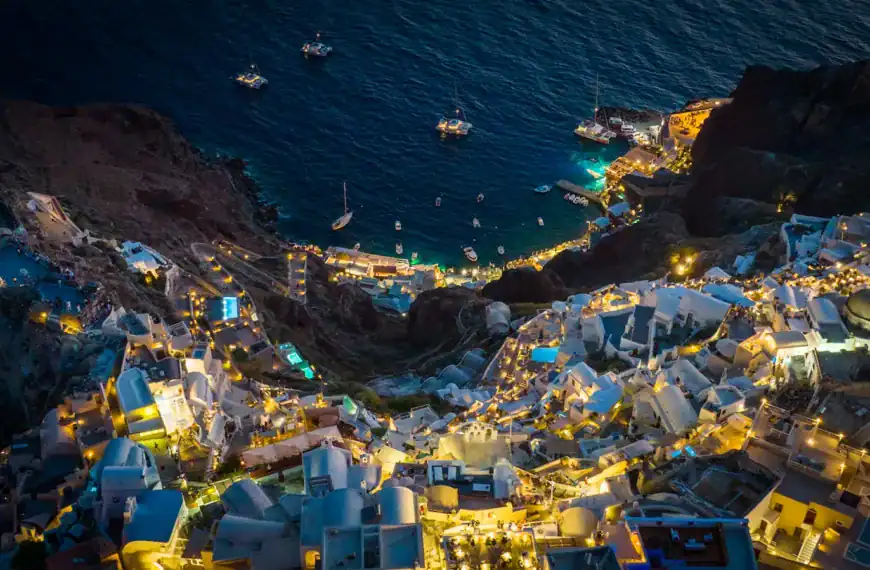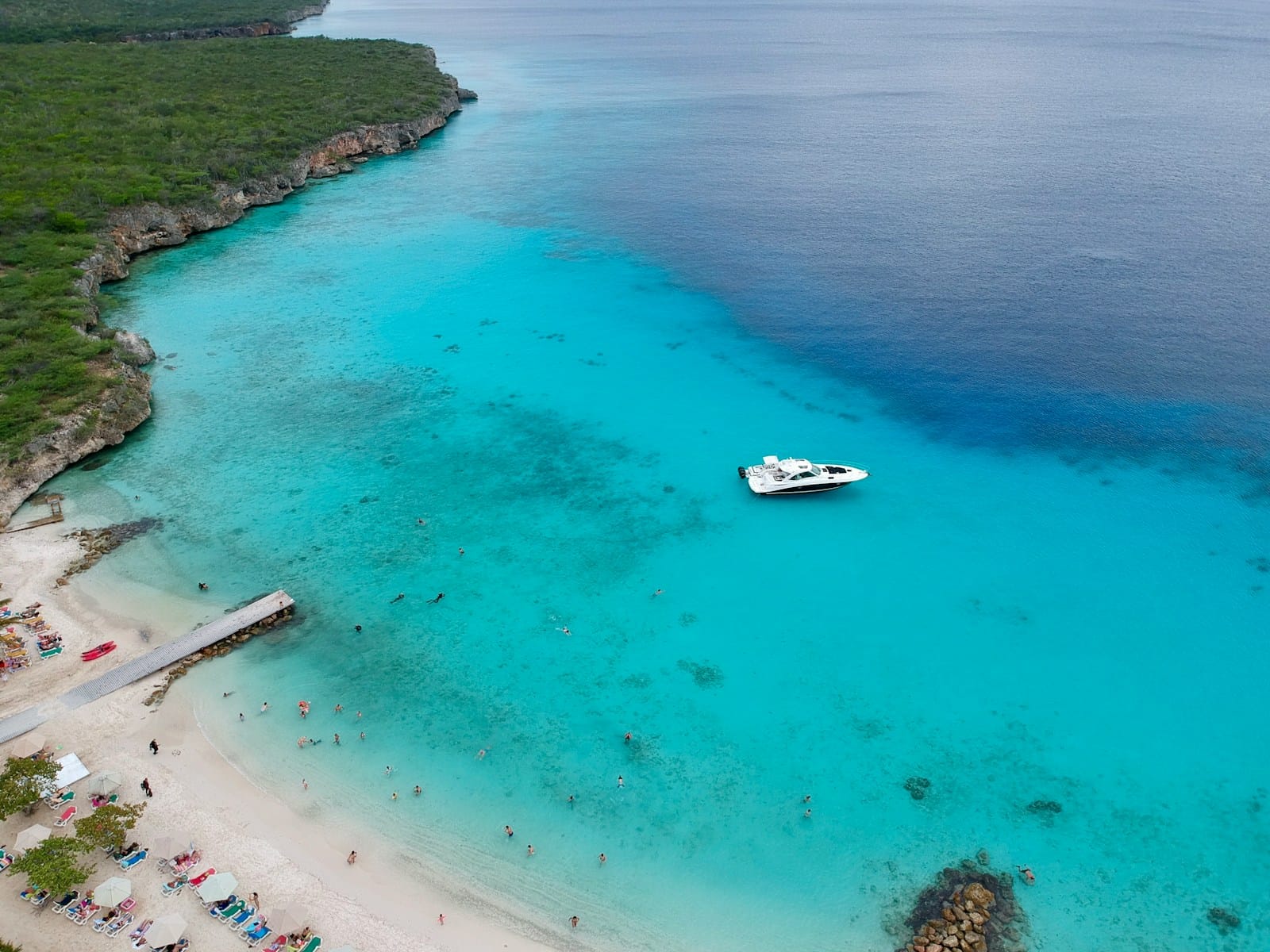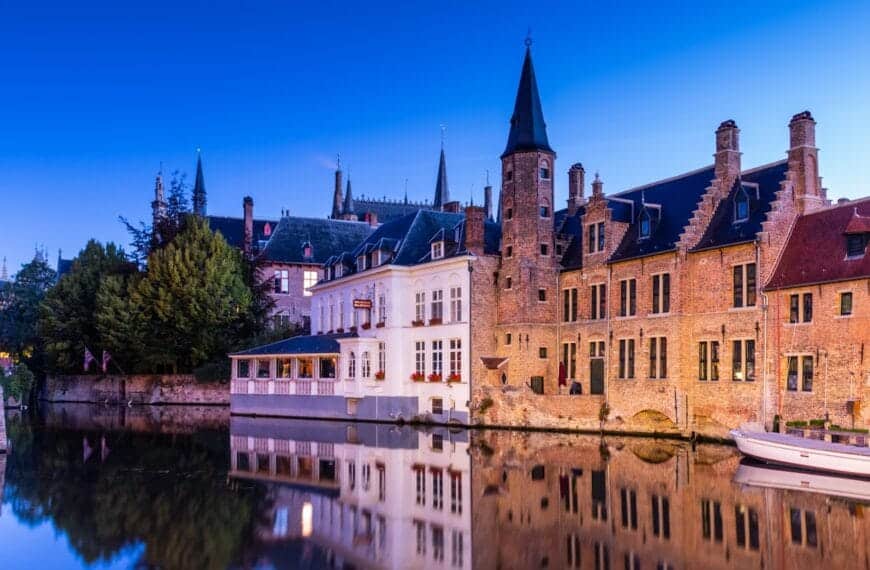Aruba Travel Guide: Caribbean Bliss, Culture & Coastlines
Intro to Aruba Travel Guide
Sun-kissed and breezy, Aruba is where desert landscapes meet turquoise waters — a rare fusion of Dutch heritage, Caribbean rhythm, and unforgettable beach escapes. Whether you’re dreaming of lazy days on white sands or diving into shipwrecks beneath the sea, Aruba delivers a high-style yet down-to-earth island vibe that keeps travelers coming back.
Start planning your journey with our complete Aruba Travel Guide — discover top beaches, historic towns, cultural festivals, and thrilling outdoor adventures in one of the Caribbean’s most dynamic islands.
Discover Aruba’s natural beauty and vibrant culture with guided tours that go beyond the beach. From snorkeling at Baby Beach to off-road adventures in Arikok National Park, we offer experiences for every kind of traveler.
Whether you’re chasing sunsets or exploring hidden gems, Aruba Tours makes your island adventure unforgettable.
💡Quick Facts:
Destination: Aruba
Continent: North America (Caribbean)
Country: Kingdom of the Netherlands (Constituent country: Aruba)
Administrative Division: None (unitary island territory)
City: Capital – Oranjestad
Area: 180 km² (69 mi²)
Population: ~107,000 (2024 est.)
Density: ~594 people/km²
Capital: Oranjestad
Regions/Subregions: Noord, Santa Cruz, Paradera, San Nicolas, Oranjestad
Official & Regional Languages: Dutch (official), Papiamento (widely spoken), English, Spanish
Currency: Aruban Florin (AWG)
Time Zone(s): UTC−4 (Atlantic Standard Time)
Airports: Queen Beatrix International Airport (AUA)
Climate: Tropical semi-arid — hot year-round, steady trade winds
Known For: White-sand beaches, snorkeling/diving, Dutch Caribbean heritage, shipwreck sites, Arikok National Park
🛂Arrival Info:
– Visa-free entry for EU, US, UK, Canada, Australia, most Latin America and Caribbean nations
– Schengen visas accepted for short stays
– Max tourist stay: 30 days (can extend to 90 days per calendar year)
– No visa-on-arrival needed for visa-exempt nationalities
– Aruba Entry Portal (ED card required for all visitors)
– Aruban Immigration Service
💉Health Info:
– Routine vaccines: MMR, DTP, Hepatitis A recommended
– Zika virus risk present — pregnant travelers should consult a doctor
– Quality healthcare available at Dr. Horacio E. Oduber Hospital in Oranjestad
– English-speaking staff common in clinics
– No malaria risk or yellow fever required for entry (unless from high-risk countries)
– Travel insurance strongly advised for non-Dutch visitors
✅ Check travel insurance options for travel emergencies, delays, and medical needs abroad — Get coverage here
✅ Stay Informed with Official Updates: WHO – International Travel & Health | CDC – Travel health updates
🚨Travel Advisory:
– Level 1: Exercise Normal Precautions
– Petty theft (e.g., beach bag snatching, car break-ins) can occur
– Very low violent crime rate; tourism zones heavily patrolled
– Safe for LGBTQ+ travelers and solo tourists
– Avoid isolated beach areas at night
– Civil protests are rare and nonviolent if they occur
✅ Stay Informed with Official Updates: US Travel Advisory | UK Foreign Travel Advice
📅Holidays:
– January 1: New Year’s Day
– March 18: National Anthem and Flag Day
– April (variable): Carnival Monday (major national celebration with parades)
– December 25: Christmas Day
– December 26: Boxing Day
– Local holidays include Dera Gai (June) and Día di Betico (Jan 25), honoring national heroes
💰Visitor Info:
– Currency: Aruban Florin (AWG); U.S. Dollars widely accepted
– Credit/debit cards accepted almost everywhere; some fees apply
– ATMs available island-wide, including at resorts and grocery stores
– Tipping: 10–15% customary if not included; some bills include service charge
– No tourist tax, but environmental and hotel levies apply (around $3–$5/night)
– Budget range:
– Budget: $80–100 USD/day
– Midrange: $150–250 USD/day
– Luxury: $300+ USD/day
✈️Airports:
– Queen Beatrix International Airport (AUA) – located 3 km from Oranjestad
– Hub for Aruba Airlines; direct flights to North America, Europe, Latin America
– Main carriers: American Airlines, Delta, KLM, JetBlue, Avianca
– Taxis, rental cars, and buses available outside arrivals
✅ Delayed or canceled flight? Check if you’re eligible for compensation
🚍Transport:
– Public buses: Arubus runs routes between Oranjestad, Eagle Beach, and San Nicolas
– Taxis have fixed rates; not metered
– Car rentals widely available; driving on the right-hand side
– No IDP required for U.S. or European licenses
– Island is small – most routes take under 45 minutes
– Ride-shares (Uber/Lyft) not available; local taxis and rentals are preferred
✅ Book reliable airport transfers and in-city rides in advance. Reserve your ride here
📶Connectivity:
– SIM cards available at airport and local shops (Setar, Digicel)
– eSIM supported by some carriers (check compatibility)
– Excellent 4G coverage across the island
– Free Wi-Fi in many hotels, cafes, and tourist areas
– Public Wi-Fi available in downtown Oranjestad and airport terminals
✅ Stay connected abroad with affordable eSIM data packs. Get your eSIM here
📜Laws & Etiquette:
– Legal drinking age: 18; alcohol permitted on beaches (no glass)
– LGBTQ+ rights respected; Pride events held annually
– Beachwear acceptable in resorts but not in shops, government offices, or churches
– English widely spoken; Papiamento greetings appreciated (e.g., “Bon Bini”)
– Friendly, laid-back social norms; tipping appreciated but not mandatory
– Respect nature in Arikok National Park and marine areas (no collecting shells or coral)
🛡️Emergency Info:
– Emergency: 911 (Police), 912 (Ambulance), 911/913 (Fire)
– U.S. Consulate: Curaçao (assists Aruba)
– Local tourist police available in Oranjestad and hotel areas
– Aruba Visitors Hotline: +297 582-3777 (ATA info line)
– Dr. Horacio Oduber Hospital: +297 527-4000 (24/7 emergency care)✅ Use embassy locator tools: Embassies Worldwide
🌦️Weather:
– Warm and sunny year-round: avg. temps 27–32°C (81–89°F)
– Low rainfall (mostly Oct–Dec), outside hurricane belt
– Best time to visit: January–April for dry, breezy weather
– Off-season (May–August): cheaper rates, slightly more humid
– Trade winds keep climate comfortable, even in summer
✅ Stay prepared—check the weather forecast for your destination — Weather Forecast
Aruba by Region – Where to Go
Although Aruba is small, it offers a surprising range of experiences. Here’s how the island breaks down regionally:
Oranjestad (Capital Region)
Colorful Dutch colonial architecture, bustling shopping streets, and a vibrant harbor define Aruba’s capital. Wander the pastel buildings, visit Fort Zoutman, and explore local museums before diving into nearby beaches like Surfside and Druif.
Noord & Palm Beach Area
This is Aruba’s tourist heartland — home to luxury resorts, glitzy casinos, and the island’s liveliest nightlife. Palm Beach boasts calm waters perfect for families and snorkeling, while the California Lighthouse nearby offers sweeping coastal views.
Eagle Beach & Manchebo
Consistently ranked among the world’s best beaches, Eagle Beach’s soft white sands and iconic divi-divi trees set the scene for serenity. Manchebo complements it with wellness resorts and a low-rise, laid-back atmosphere.
Arikok National Park & the East Coast
Raw and rugged, this area showcases Aruba’s wild side — think cactus-studded trails, ancient cave paintings, and crashing waves against limestone cliffs. Must-sees include the Natural Pool (Conchi), Fontein Cave, and Boca Prins.
San Nicolas & Southern Aruba
Aruba’s “Sunrise City” is a hub for street art, Afro-Caribbean culture, and emerging festivals. Enjoy lesser-known beaches like Baby Beach for shallow swimming, or head inland for donkey sanctuaries and local eats.
Destination & Neighborhood Overview
Located just off the coast of Venezuela, Aruba is part of the Lesser Antilles and boasts a dry climate, rugged terrain, and some of the clearest waters in the Caribbean. Unlike many tropical islands, Aruba lies outside the hurricane belt, making it a safe bet for year-round sunshine.
Oranjestad
The colorful capital of Aruba, Oranjestad is a blend of Dutch colonial architecture and Caribbean flair. It’s perfect for travelers who enjoy shopping, museums, nightlife, and waterfront promenades.
Palm Beach
Ideal for luxury travelers and beach lovers, Palm Beach is lined with upscale resorts, fine dining, and high-end boutiques. The calm waters here are perfect for swimming, paddleboarding, and sunset cruises.
Eagle Beach
Frequently ranked among the best beaches in the world, Eagle Beach offers wide stretches of powdery sand and iconic divi-divi trees. It’s quieter than Palm Beach, appealing to families and honeymooners.
Natural Pool
Tucked into Arikok National Park, this secluded tide pool surrounded by volcanic rock is a hidden gem. The journey requires a 4×4 vehicle or guided tour.
Top Places to Visit
Arikok National Park
Covering nearly 20% of the island, Arikok is home to dramatic rock formations, ancient cave paintings, and desert landscapes dotted with cacti. Book a guided jeep tour or hike to the Natural Pool (Conchi).
Book an Arikok National Park off-road tour
California Lighthouse
Located on the island’s northwest tip, this lighthouse offers panoramic views of the coastline and is a favorite photo spot at sunset.
Explore California Lighthouse Tours
De Palm Island
Just off of the western coast of Aruba, De Palm Island attracts visitors from the main island looking for an all-inclusive beach day.
Explore De Palm Island tours on Viator
Alto Vista Chapel
One of Aruba’s most spiritual and historical landmarks, this tiny yellow chapel is surrounded by peaceful desert views and walking trails.
Alto Vista Chapel Tours and Tickets
Top Places to Visit in Aruba
Cultural Capitals
- Oranjestad – Walkable charm with museums, art galleries, and historical Dutch-Caribbean architecture.
- San Nicolas – A living canvas of colorful murals and a place to explore Aruba’s multicultural roots.
Nature Escapes
- Arikok National Park – Covering nearly 20% of the island, this eco-reserve offers hiking trails, lava formations, and native wildlife.
- Natural Pool (Conchi) – A hidden swimming hole surrounded by volcanic rock, accessible via off-road adventure.
Historic Sites
- Fort Zoutman & Willem III Tower – Aruba’s oldest structure, now a historical museum.
- Bushiribana Gold Mill Ruins – A glimpse into Aruba’s gold rush past along a dramatic coastline.
Island Adventures
- California Lighthouse – Watch the sun set over the dunes and rugged coastline.
- Baby Beach – Known for shallow waters, making it ideal for children and beginner snorkelers.
Beaches, Nature & Outdoor Experiences
Eagle Beach
Famous for its soft sands and photogenic divi-divi trees, ideal for relaxing and snorkeling close to shore.
Baby Beach
Shallow, calm waters make it a family favorite, with great visibility for beginner snorkelers.
Boca Catalina
A quiet cove for snorkeling and picnics, perfect for spotting colorful fish and coral reefs.
Hooiberg Hill
Climb 500+ steps for a rewarding panoramic view of the island.
Guadirikiri Caves Aruba
Hidden among Aruba’s white sand beaches and tropical waters lies the Guadirikiri Cave network of underground tunnels, filled with centuries-old rock formations.
How to Choose Where to Go in Aruba
Choosing where to base yourself depends on your vibe:
- For Beaches & Relaxation: Stay along Eagle Beach or Manchebo — low-rise hotels and wellness vibes rule here.
- For Adventure & Nature: Rent a 4×4 and explore Arikok National Park and the east coast.
- For Culture & Local Life: Base in Oranjestad or San Nicolas to dive into food, history, and art.
- For Nightlife & All-Inclusive Comfort: Palm Beach is your playground.
Pair a cultural city stroll with a beach day — Aruba’s small size makes it easy to combine experiences.
How to Get Around Aruba
- Car Rental: Highly recommended, especially if you plan to explore Arikok or remote beaches. 4x4s are ideal for rugged areas.
- Public Buses: Arubus services run regularly between Oranjestad, hotel zones, and major beaches.
- Taxis: Regulated by fixed fares; no meters. Great for short trips but can add up.
- Ride-Share Apps: Not common — rely on local taxis or hotel-arranged rides.
- Bike & Scooter Rentals: Fun in flat urban areas like Oranjestad or Palm Beach but not ideal for long distances.
Travel Budget & Costs in Aruba
Average Daily Costs (Per Person):
- Budget: $75–$110
- Mid-Range: $130–$200
- Luxury: $250–$500+
Sample Prices:
- Local meal: $10–$15
- Dinner at a resort: $40+
- Bus ride: $2.60
- Beach resort: $150–$300/night
- National Park entry: $15 (day pass)
Money Tips:
- Consider staying in low-rise areas like Eagle Beach for better deals.
- Eat at local “snacks” and food trucks in San Nicolas for budget-friendly meals.
- Book tours online in advance to find deals and bundle excursions.
Best Time to Visit Aruba
Aruba enjoys a dry climate and is outside the hurricane belt — making it a true year-round destination.
- December to April (High Season): Ideal weather and buzzing events, but expect higher prices.
- May to August (Shoulder Season): Still sunny, fewer crowds, great for budget travelers.
- September to November: Warm but humid; occasional showers. Quiet and cost-effective.
Festival Tip: Visit in late February for the spectacular Aruba Carnival — a kaleidoscope of parades, costumes, and music.
Must-See Experiences in Aruba
- Snorkel or Dive the Antilla Shipwreck – One of the Caribbean’s largest, located just offshore.
- Explore Arikok National Park on a UTV Tour – A thrilling way to reach remote beaches and caves.
- Sunset Sail on a Catamaran – Includes snorkeling stops, music, and cocktails.
- Join a Cultural Tour in San Nicolas – Street art walks and Afro-Caribbean music and dance.
- Dine at Zeerovers – A local seafood shack by the sea, beloved for its authenticity.
- Kitesurf at Boca Grandi – Windy, wild, and exhilarating for water sports lovers.
- Aruba Aloe Factory Tour – Learn about one of the island’s top exports with a behind-the-scenes look.
- Stargaze at the Dunes of California Lighthouse – The dark skies and windswept landscape are magical after dark.
Book immersive Aruba tours and experience unforgettable things to do in Aruba — from windsurfing and desert hikes to colorful street festivals and snorkeling adventures.
Best Travel Itineraries in Aruba
7-Day Relaxation + Adventure Mix
- Day 1–2: Eagle Beach + Oranjestad
- Day 3: Arikok National Park (Natural Pool, caves)
- Day 4: San Nicolas + Baby Beach
- Day 5: Snorkel Antilla + Catamaran cruise
- Day 6: Spa + California Lighthouse
- Day 7: Aloe Factory + local markets
10-Day Immersive Aruba
- Add: UTV off-roading in Arikok, street art tour, windsurfing lesson, and a second snorkel day in Mangel Halto.
Local Cuisine & Culinary Experiences
Aruba’s food scene is as diverse as its culture, influenced by Dutch, Caribbean, and Latin American roots.
Top Dishes to Try:
- Keshi Yena – Spiced meat baked in a cheese rind.
- Pastechi – Fried pastries with meat or cheese filling.
- Funchi & Pan Bati – Cornmeal sides served with stews or fish.
- Cala – Black-eyed pea fritters with herbs and spice.
- Seafood platters – Especially at Zeerovers and beachside grills.
- Dutch pancakes (Pannekoeken) – Sweet or savory and a breakfast staple.
Experience Tip: Join a local food tour in Oranjestad or dine at home-style restaurants for a taste of true Aruban hospitality.
Travel Safety & Cultural Etiquette in Aruba
Safety:
- Aruba is one of the Caribbean’s safest islands with low crime rates.
- Petty theft can happen — use hotel safes and avoid leaving valuables on beaches.
- Roads are generally safe but can be poorly lit at night in rural areas.
Cultural Etiquette:
- Greetings are warm and polite — a handshake and eye contact go a long way.
- English is widely spoken, but knowing basic Papiamento phrases is appreciated.
- Beachwear is fine by the sea, but dress modestly in town or religious sites.
Health Tips:
- No vaccines required, but sun protection is essential.
- Tap water is safe to drink — Aruba has one of the best desalination plants in the world.
Where to Go Next – Pair Aruba with These Destinations
- Curaçao: A short flight away, combining perfectly with Aruba for a colorful Dutch Caribbean experience.
- Bonaire: For diving enthusiasts, it’s the quiet, reef-rich sister island in the ABC trio.
- Puerto Rico: Larger-scale Caribbean vibes with jungle, surf, and colonial towns.
- St. Maarten: Fly in for shopping, sailing, and French-Dutch island hopping.
Explore more:
Curaçao Travel Guide | Bonaire Travel Guide | Puerto Rico Travel Guide | Caribbean Island Hopping Guide
Final Planning Checklist for Aruba
- Finalize itinerary: regions like Eagle Beach, Oranjestad, and Arikok
- Pre-book car rental or UTV for park adventures
- Reserve top-rated Aruba tours and snorkeling cruises in advance
- Confirm passport validity (no visa required for many nationalities)
- Set up travel insurance coverage — insert your affiliate link
- Download maps.me or Google Maps offline
- Pack reef-safe sunscreen, lightweight clothing, and beach essentials
- Learn basic Papiamento phrases for fun and connection
Explore Aruba with confidence using our trusted tips, local insights, and region-by-region planning tools.
For more expert travel tips, practical strategies, and trusted tools — visit our Homepage and get inspired for your next trip.










